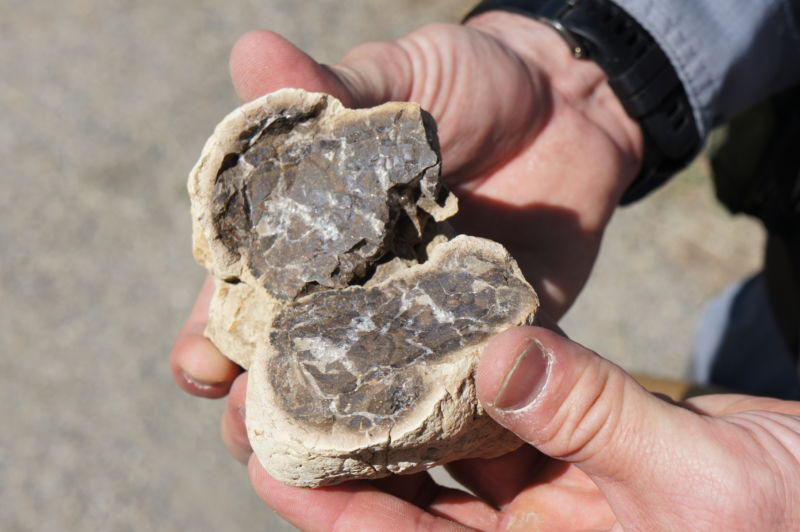Fossil bonanza paints detailed picture of mammals after dinosaur extinction

Enlarge / Dr. Tyler Lyson, Curator of Vertebrate Paleontology for the Denver Museum of Nature & Science, holds open a split concretion and reveals the cross section of a vertebrate skull inside. (credit: HHMI Tangled Bank Studios)
Paleontologists in Denver have uncovered a treasure trove of fossils that give a thrilling new insight into the rise of mammals after the extinction of the dinosaurs.
The discovery, detailed in a paper published this week in Science, has yielded a colossal amount of data showing how tiny mammal species grew and diversified dramatically after the extinction. The finding throws a spotlight on a previously unknown part of our own history: the very early days of a period that eventually produced all current mammal species on Earth.
The mystery of the first million yearsThere's still a ton that nobody understands about what happened after the extinction 66 million years ago. Researchers have been piecing together evidence about the event itself, which wiped out around three-quarters of all species on Earth and ended the era of the dinosaurs. "The time afterward has been shrouded in mystery," said paleobotanist Ian Miller, one of the lead researchers in the team that found the fossils, in a Q&A published by the Denver Museum of Nature and Science.
Read 13 remaining paragraphs | Comments